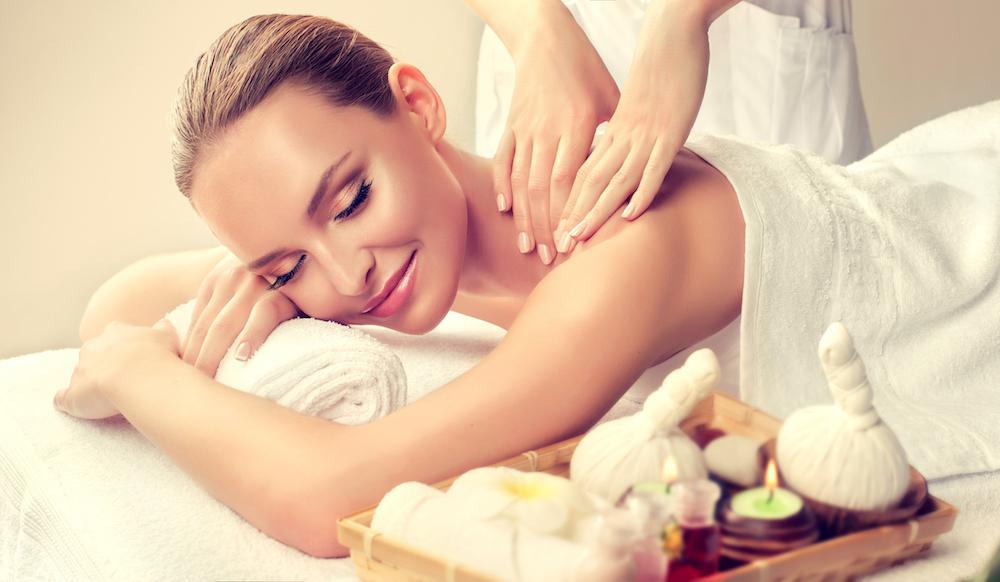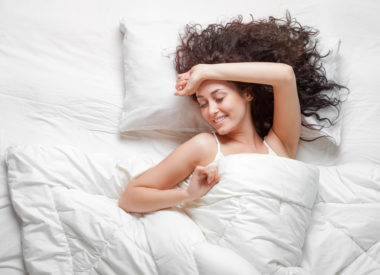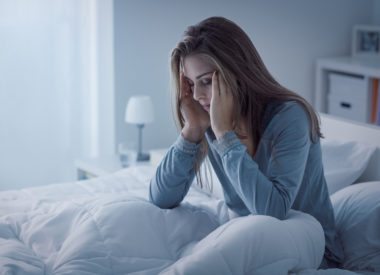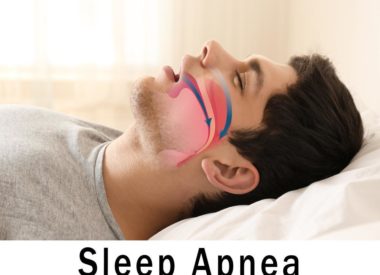How can sleep benefit from massage therapy?
However, according to research gathered by the American Massage Therapy Association and endorsed by the National Institutes of Health, massage therapy can be a terrific solution for addressing insomnia.
It makes sense; massage has been shown to reduce problems with fatigue and improve sleep quality for people in all age brackets.
It can also bring relief to people with chronic health conditions or who are living with chronic pain.Those who suffer from restless legs, which may be contributing to their insomnia, can definitely benefit from massage.Finally, massage improves the mood dysfunction that can be caused by sleeplessness.
Best of all, massage therapy is a low-risk approach to treating insomnia disorders. It can’t hurt to give it a try.
The benefits of massage therapy
Two things occur when you get a massage which can help with sleep: a reduction in pain and tension in the body, and a gentler, more stable journey from wakefulness to sleep.
Sleep is a whole-body process that responds to changes in body chemistry coordinated with the circadian system. The system produces serotonin , a necessary ingredient for the production of the sleep-inducing substance, melatonin .
Research published in the International Journal of Neuroscience showed that people suffering from chronic pain enjoyed two benefits from massage: an increase in their serotonin levels as well as a decrease in long-term pain.
Pain, by itself, can be a main contributor to sleep disruption… but to discover that the benefit of massage for pain management can also improve melatonin levels is even more encouraging.
It may also be possible that massage can help the brain and body to attain more deep stage 3 sleep, which would be ideal, as this is the stage of sleep architecture that allows for healing at the cellular level, as well as the release of human growth hormone (HGH), so important for overall health and well being.
The American Massage Therapy Association released “Massage Therapy Can Help Improve Sleep” in 2012, sharing numerous studies which convincingly support their position statement that massage is an effective means for improving sleep.
What is massage?
Generally speaking, any time you apply pressure to the body in a patterned or repetitive way, this results in a massage. It can be gentle or intense, concentrated or diffuse. Following even the most simple massage, you will notice improved circulation in the area that received the pressure.
Common types of massage
-
Swedish massage: A gentle manipulation using deep circular movements, kneading, long strokes, tapping, and vibration to relax the body.
-
Deep tissue massage: A slow, deeply targeted manipulation that uses intense pressure to reach deeper layers of muscle and connective tissue.
-
Reflexology massage: A form of massage (often just with the hands or the feet, but applicable to the whole body) that targets pressure points for relaxation and relief from pain. In the magazine, Modern Reflexology, they suggest ten specific acupressure points that, when massaged, may serve to promote better sleep.
Do you need to see a therapist to reap massage therapy benefits?
Massage therapy can be expensive and insurance doesn’t always cover it. This might keep some people from looking into this healthy practice.However, do you really need to have a formal, professional massage in order to sleep better?
Prevention magazine suggests you don’t have to.
They cited a small study, published in the Journal of Holistic Nursing, which demonstrated that female subjects receiving a slow-stroke back massage for just 3minutes slept at least half an hour longer than those subjects who did not receive a massage.
According to the lead author of the study, associate professor Melodee Harris PhD at Carr College of Nursing, just 3 minutes is all the time the body needs to experience a sense of calmness (lower heart rate, muscle relaxation, slower respirations, decreased blood pressure, relaxed central nervous system, etc.).
Prevention recommends this simple recipe for a bedtime massage:
-
Recline in bed, either on your side or stomach.
-
Have someone use their fingertips to make slow, circular manipulations across the muscle tissue along your back. They should start at the base of the spine and work all the way up to the base of the neck.
-
It should only require a few minutes for that brief and simple massage to help you fall asleep, and you may even gain an additional half hour of quality sleep as a result.
If you don’t have a partner, no problem. Last summer, LifeHack shared this great foot reflexology practice you can perform yourself.
Research into therapies for insomnia continues to point to nonpharmaceutical approaches for treatment. Just like cognitive behavioral therapy for insomnia or relaxation techniques, a bed time massage ritual can also be one of the many ways you can address pain and tension issues and achieve better sleep.
Why not try a simple nightly massage to see if you notice any changes in how quickly you fall asleep, how you feel waking up, and how well you sleep overall? Science suggests it could help, not only with sleep, but with pain management and mood improvement.
Sources:
American Massage Therapy Association position statement
Journal of Holistic Nursing
LifeHack.com
Mayo Clinic
Modern Reflexology
National Institutes of Health
National Sleep Foundation
Prevention
Sleep Review



